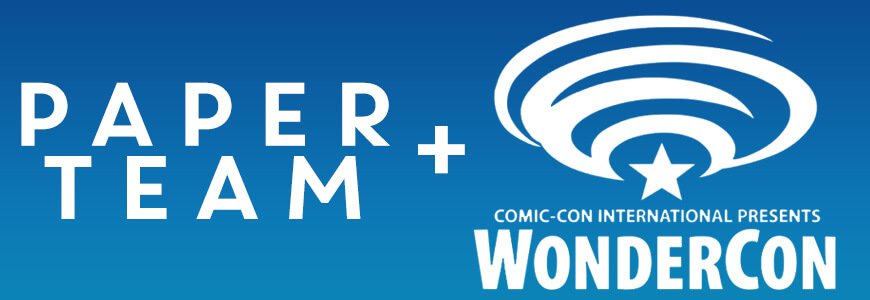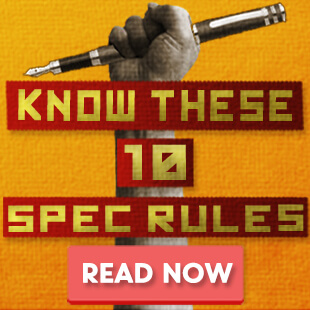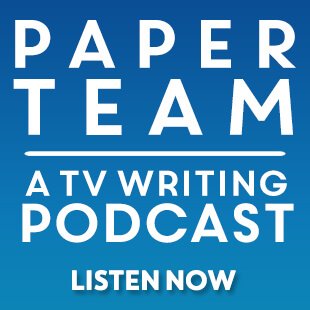Podcast: Play in new window | Download (Duration: 1:02:10 — 57.1MB)
Subscribe: Apple Podcasts | Spotify | Android | Email | RSS | More
For the first Paper Team Live event, Alex and Nick go to WonderCon 2017 to host a panel on the dialogue between TV writers and their fans.
This relationship has become a vital tool for many television shows — and one that is often very fickle. That’s why we’ve invited writers and assistants from several beloved shows to share their thoughts on the issue.
Panelists include Ray Utarnachitt (DC’s Legends of Tomorrow), Jill Weinberger (Chicago Fire), Tennessee Martin (Lucifer), Diya Mishra (The Tick), and Taylor Brogan (The Shannara Chronicles).
What does a typical conversation look like between a writers’ room and their fandom? How much attention do TV writers pay to fans? Have fans’ voices changed the course of a story or character? What is it like going from being a fan of a show to being involved directly in the creative decisions?
The Paper Team goes live in room 209…
SHOWNOTES
Content
Live Paper Team WonderCon panel (00:00:38)
Next Time On (01:01:15)
Links
Taylor Brogan on Twitter
Diya Mishra on Twitter
Tennessee Martin on Twitter
Jill Weinberger on Twitter
Ray Utarnachitt on Twitter
The Shannara Chronicles
Into the Badlands
Gilmore Girls
Emily Gilmore
Powerless
The Tick
Pokémon (anime)
Lucifer
South of Nowhere
Chicago Fire
Wonder Woman (TV series)
DC’s Legends of Tomorrow
Buffy the Vampire Slayer
It’s Your Move
The Tick Writers’ Room on Twitter
Lucifer Writers’ Room on Twitter
Into the Badlands Writers’ Room on Twitter
The Shannara Chronicles Writers’ Room on Twitter
Derek Haas
Marc Guggenheim
Ben Edlund
Person of Interest
Terry Brooks
ATX Television Festival
Hep Alien
Amy Sherman-Palladino
Sutton Foster
Rachael Harris
“The One Where Rachel Has a Baby: Part 1” (8×23 – Friends)
Psych
Michael Emerson
Sports Night
Holly Robinson Peete
Iron Fist (TV series)
Atom (Ryan Choi)
Atom (Ray Palmer)
Brandon Routh
Hogsmeade
The Magicians (TV series)
iZombie (TV series)
Victoria Thompson’s “Gaslight Mysteries”
Grace and Frankie
Legion (TV series)
Good Girls Revolt
Riverdale (TV series)
Lee Toland Krieger
If you enjoyed this episode (and others), please consider leaving us an iTunes review at paperteam.co/itunes! :)
You can find Paper Team on Twitter:
Alex – @TVCalling
Nick – @_njwatson
If you have any questions, comments or feedback, you can e-mail us: [email protected]






